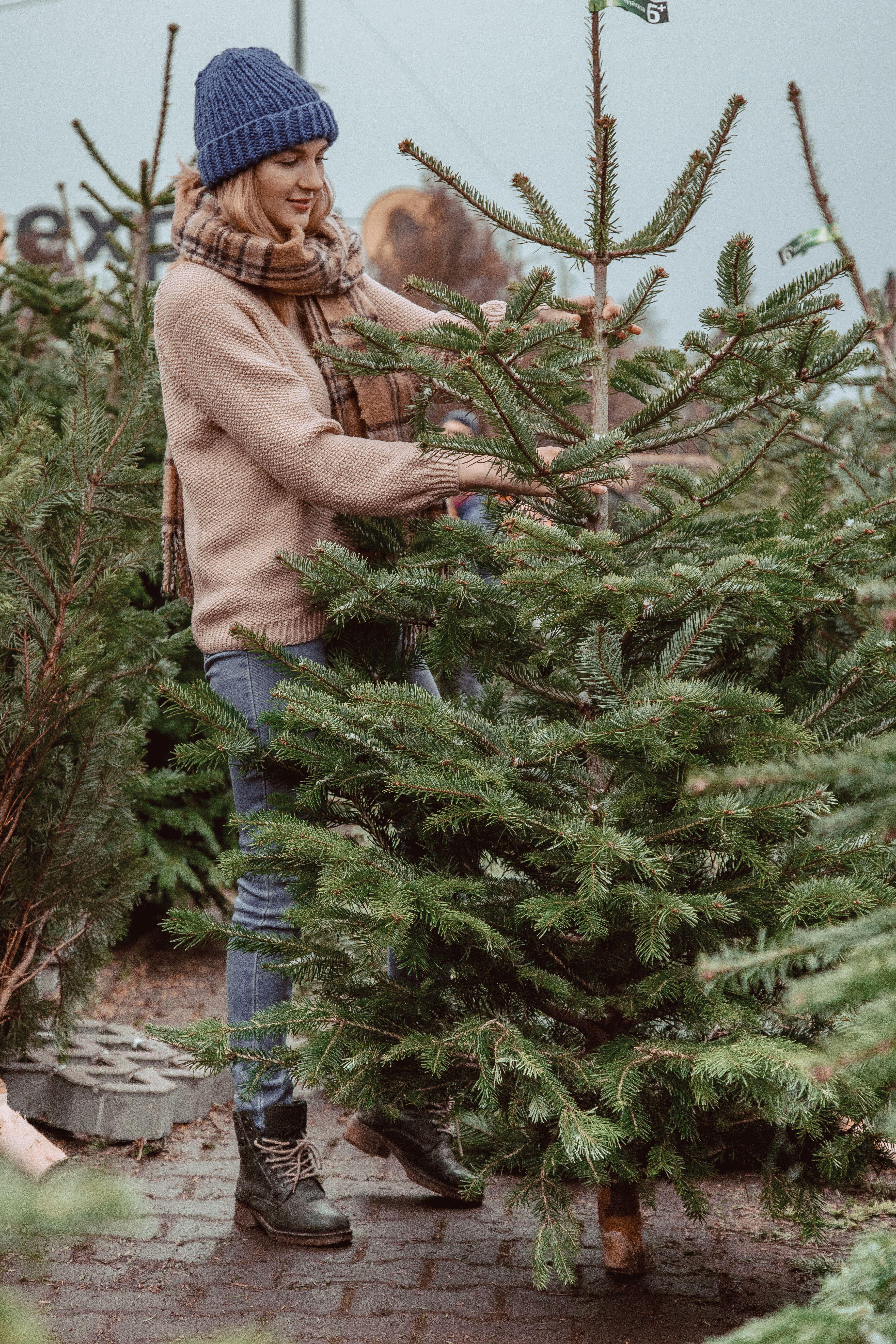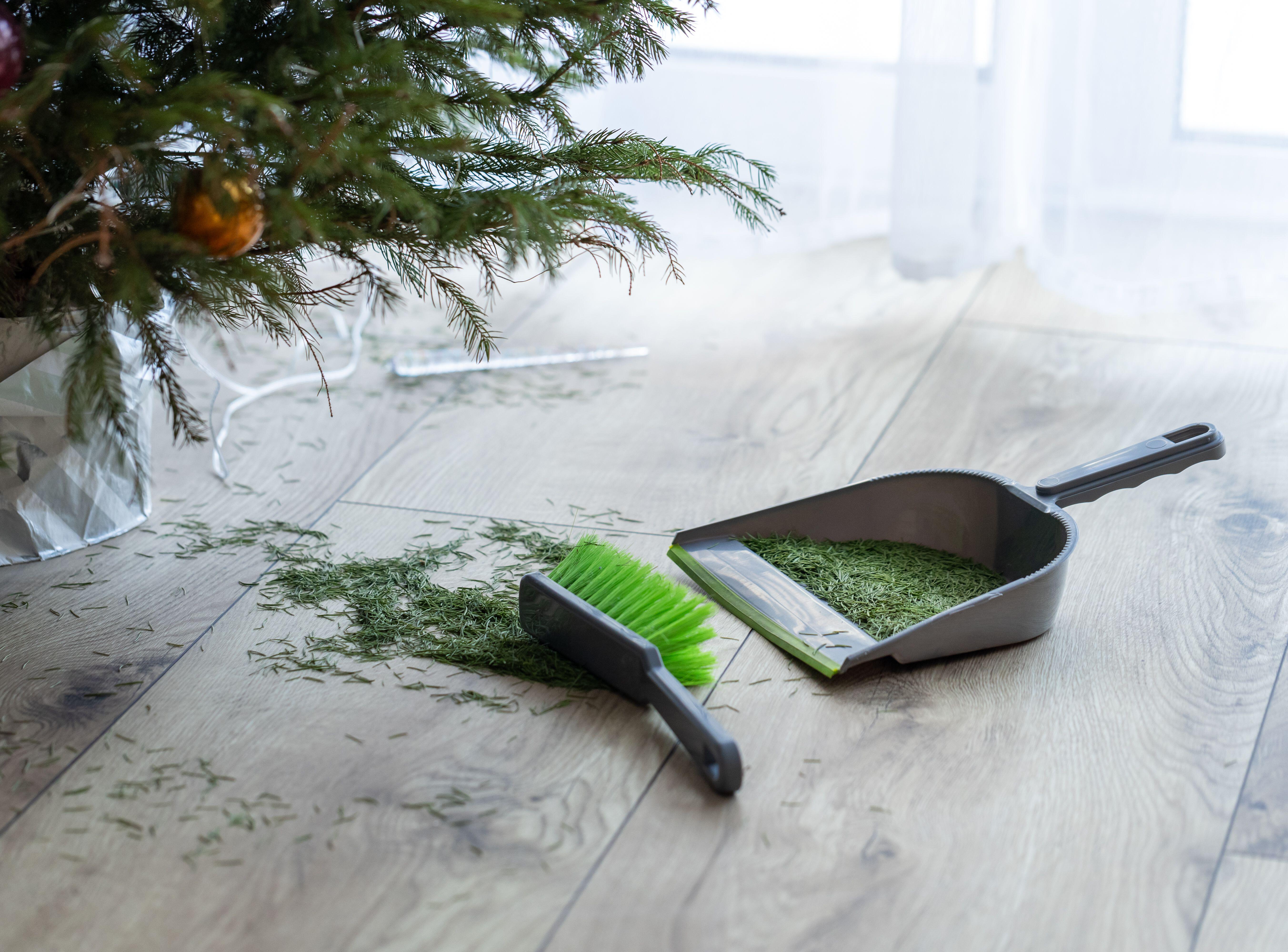The unmistakable scent of pine and the enduring tradition of a real Christmas tree are central to many festive celebrations.
However, the pursuit of a budget-friendly tree often leads to disappointment, with sparse, needle-shedding specimens arriving home before the festivities even begin.
So, how can one secure a quality tree without breaking the bank?
Experts have offered some helpful tips.
Choose the right tree size
A crucial first step involves precise measurement of your available space.
Both ceiling height and room width will dictate the appropriate size, directly influencing the overall cost.

Don’t be afraid of ‘second-grade’ options
Beyond size, savvy shoppers should explore lower-grade options.
While premium trees boast that perfect traditional conical shape and full, uniform appearance, there are fantastic ‘second-grade’ trees to be found, according to Andy Little, Christmas tree buyer for British Garden Centres.
Your tree will almost exclusively only be viewed from one position, he says.
“In garden centres, hold up the cheaper trees and check where the bald spots are, the flat sides and the uneven gaps, and turn the tree around several times to see if there’s an angle you could position it in your home, where it will still look fantastic.
“Think of the decorations you could use to cleverly hide and disguise the blemishes. These minor imperfections could save you some money,” Mr Little suggests.

Go smaller
“Smaller trees can be just as impactful as large ones, especially when grouped together with houseplants for a full display,” suggests Nigel Lawton, plant buyer for Dobbies Garden Centres.
“Style small, pot-grown trees on a table to give the desired height and decorate them as you would a larger tree – just make sure to use lightweight baubles and wire lights so as not to put too much strain on the branches.”
Picea trees tend to come in a fairly modest pot size and are typically no taller than a metre, making them ideal for a windowsill or on a tabletop, says Mr Little.
Get a free fractional share worth up to £100.
Capital at risk.
Terms and conditions apply.
ADVERTISEMENT
Get a free fractional share worth up to £100.
Capital at risk.
Terms and conditions apply.
ADVERTISEMENT
“Often, garden centres will sell a selection of these pre-decorated and in a Christmas-themed pot cover, but it’s still possible for someone to purchase a plain/bare tree out in the conifer section of the garden centre and decorate it themselves, using decorations they already own.”
You can pick up cost-effective pot covers and battery-operated lights to personalise it to your own taste. If you’re lucky, you could even find some trees in the clearance section of the garden centre, as retail outlets make space for fresh stock in the New Year, he adds.
Consider a pot-grown tree
Although these might seem expensive at first, they can potentially last much longer.
“Buying a tree early helps give you a sense of ‘getting your money’s worth’, making a pot-grown Christmas tree an ideal choice for the budget-conscious, as they tend to arrive in garden centres at the end of October, a full month before the cut Christmas trees arrive,” says Mr Little.
“It’s also a living tree which can be maintained outside in your garden after Christmas, giving you the option to reuse it the following year.”
Pot-grown trees will last longer with good aftercare, Mr Little adds.
“They’re very thirsty plants, so ensure they aren’t allowed to dry out – you want them moist, not soggy. Keep them away from heat sources – radiators, fireplaces and underfloor heating are a Christmas tree’s nightmare.
“They love humidity, so if you have a particularly dry home, occasionally mist the tree with water every few days to ensure it’s looking green and lush for longer.”
After Christmas, slowly integrate it back into the outside environment to enable it to acclimatise, he suggests.
An unheated garage, porch or conservatory for a few days is ideal – somewhere cold and sheltered, before going back outside fully. After that, good practice for the rest of winter would be to keep it protected from direct sunlight and strong winds, and to only water when the compost is dry to the touch.

Minimise needle droppage
Cheaper trees such as Norway spruce are more prone to dropping needles than their more expensive Nordmann fir counterparts, so if you’re going for the cheaper option buy them closer to Christmas, or display them outdoors.
However, you can reduce needle droppage if you keep your tree in a cool area and are vigilant about watering.
“To minimise needle droppage on any cut tree, ensure it is not placed close to any direct heat source, or in rooms kept above an average house temperature,” advises Mark Sage, horticultural buying manager at B&Q.
“Choosing a sensible location should ensure a cut tree lasts five to six weeks with minimal needle drop. When selecting, look for bright green needles that are flexible and bendy and do not fall off easily upon touching.”
“If you’ve opted for a freshly cut tree, once you get it home, keep it outside in a sheltered area, cut one inch off the base of the trunk and stand it in a bucket of water until you are ready to bring it indoors – this will help reduce needle drop,” says Mr Lawton.
Make sure you get a stand with a water reservoir which you can easily keep topped up.
“Whether you’ve gone for a freshly cut or pot-grown tree, you should position it away from any radiators or heat sources as this can cause the needles to dry out faster,” Mr Lawton adds.

Use clippings
Once you’ve trimmed your tree to fit your space, save money by repurposing any excess branches and clippings into timeless, natural decorations.
These can be used to create festive garlands for mantelpieces or stair banisters, woven into wreaths for doors, or simply placed in small vases with water to add a lovely natural scent and touch of greenery to different rooms around the house.
You can pick up a wicker wreath base cheaply from garden centres, then use Christmas tree offcuts and other foliage like pine from your garden, holly cuttings and berries to give a festive touch, Mr Lawton adds.

